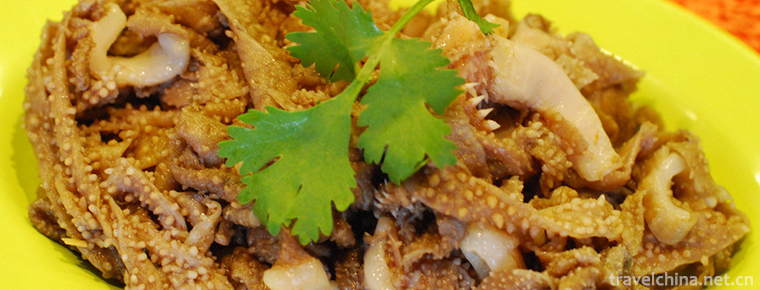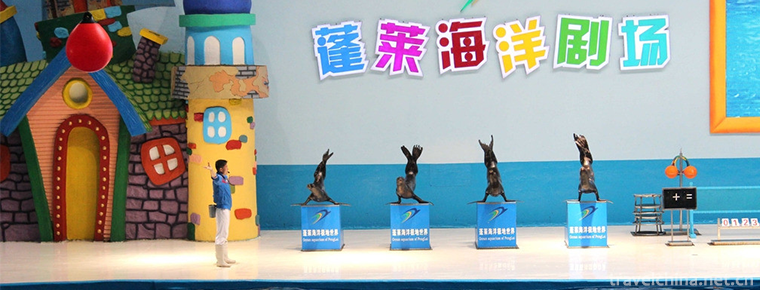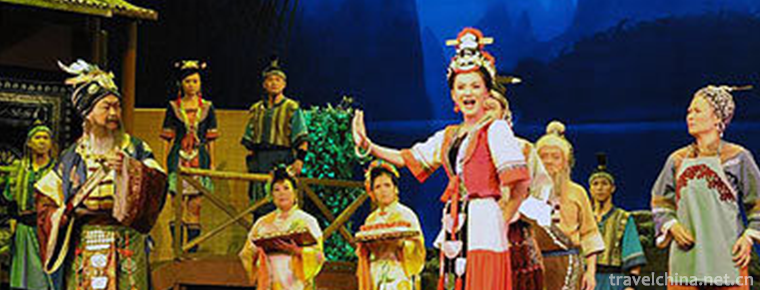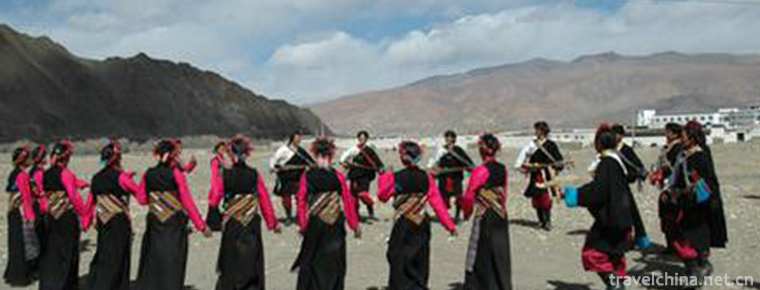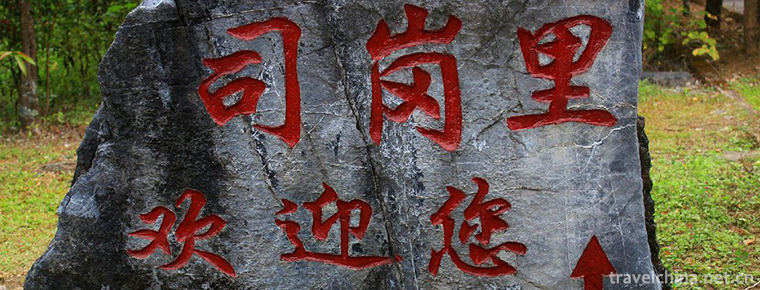Cutting Skill of Kaner Well
Cutting Skill of Kaner Well
Kanerjing is the meaning of "well hole". It has been recorded as early as in Historical Records. It is called "well canal", while Xinjiang Uygur language is called "Kanerzi". Kanerjing is a special irrigation system in desert areas, which is widely used in Turpan, Xinjiang, China. Kanerjing, together with the Great Wall and the Grand Canal of Beijing and Hangzhou, is known as the three major projects in ancient China. The total number of Kaner wells in Turpan is more than 1100, with a total length of about 5000 kilometers. On November 11, 2014, the drilling technique of Kanerjing was approved by the State Council and listed in the fourth batch of representative projects of national intangible cultural heritage.
brief introduction
Kanerjing, which means "well hole", is called "Kanerzi" in Xinjiang Uygur language. Kanerjing is a special irrigation system with ingenious structure in desert areas, especially in Turpan, Xinjiang. It is called the Three Great Projects of Ancient China with the Great Wall and the Grand Canal of Beijing and Hangzhou. The total number of Kaner wells in Turpan is more than 1100, with a total length of about 5000 kilometers.
2. Structural Principle
Kaner well is an ancient horizontal catchment structure for groundwater development and utilization. It is suitable for foothills and alluvial fan margins, mainly for intercepting underground diving for farmland irrigation and residential water use.
The structure of Kaner well is composed of four parts: vertical shaft, underground channel, surface channel and "waterlogging dam" (small reservoir). Bogda Mountain in the north of Turpan Basin and Karawucheng Mountain in the West are covered with snow and rainwater in spring and summer, which dive into the Gobi beach. By using the slope of the hill, people ingeniously created Kaner wells to divert underground subsurface flow to irrigate farmland. Kaner well does not evaporate a lot of water because of hot and strong wind, so the flow rate is stable and self-flow irrigation is guaranteed.
3 role
The reason why Kanerjing was built in large numbers in Turpan Basin is inseparable from the local physical and geographical conditions. Turpan is one of the extremely arid areas in China, with annual precipitation of only 16 mm and evaporation of up to 3000 mm, which can be called the "dry pole" of China. However, Kaner well is an underground underground canal water conveyance, not affected by season, wind and sand, small evaporation, stable flow, can be perennial self-flow irrigation.
It is precisely because of this unique underground water conservancy project, which leads the underground water to the ground and irrigates hundreds of thousands of mu of good fields in the basin, that the Turpan people of all nationalities were bred and the desert became an oasis.
On November 11, 2014, the drilling technique of Kanerjing was approved by the State Council and listed in the fourth batch of representative projects of national intangible cultural heritage.
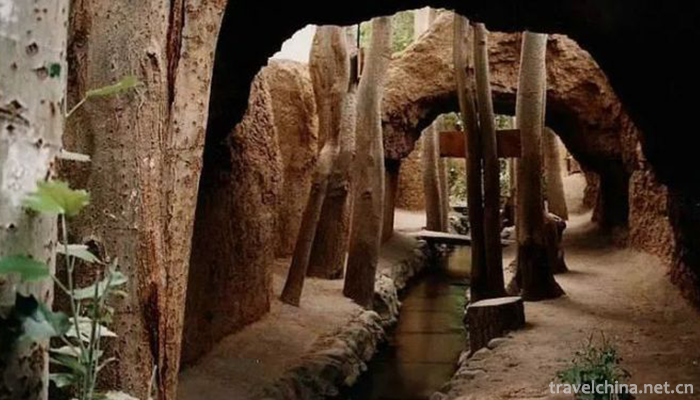
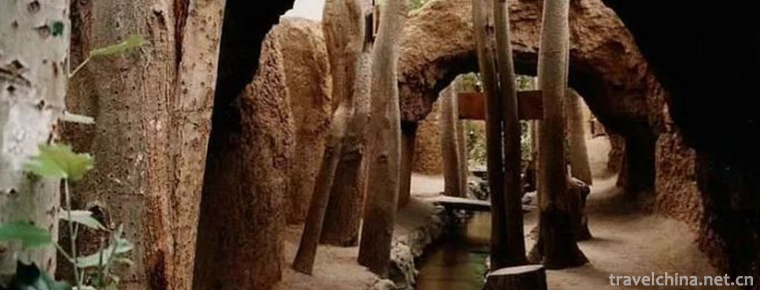
Cutting Skill of Kaner Well
-
Old Beijing fried Morchella
The most famous famous food in Beijing is old Beijing tripe and Beijing roast duck. As for the oldest and most prosperous snacks in Beijing, belly burst is definitely the best among them.
Views: 189 Time 2018-10-27 -
QomolangmaEverest
Mount Qomolangma (Mount Qomolangma) is the main peak of the Himalayas and the highest mountain in the world. It is located on the border between China and Nepal. The peak is located in China
Views: 303 Time 2018-10-30 -
Penglai Ocean Polar World
Penglai Ocean Polar World is located at the foot of Penglai Danya Mountain. It is adjacent to the famous Penglai Pavilion. It is invested by Penglai Haifeng Industrial Co., Ltd. for 460 million yuan
Views: 246 Time 2019-02-07 -
Tone tune
Colour tune, commonly known as tune, colour tune, colour lantern, Na Hao Hey and so on, is one of the local operas in Guangxi. It belongs to the system of Lantern opera
Views: 409 Time 2019-04-04 -
Heap harmonics
"Heap Harmony" first spread in the Yarlung Zangbo River Basin, the high terrain west of Shigaze to the whole area of Ali circle dance, and later gradually prevailed in Lhasa. It was the firs
Views: 107 Time 2019-04-28 -
Guanyin legend
Guanyin legend is one of the ancient local folklores in Zhoushan, Zhejiang Province. It is one of the second batch of national intangible cultural heritage list published by the State Council.
Views: 156 Time 2019-05-01 -
Sigangli
Lincang City is located in the southwest of Yunnan Province, which is adjacent to the west, southwest of Yunnan and Myanmar. It has jurisdiction over one district, four counties and three autonomous c
Views: 151 Time 2019-06-16 -
Tajik costumes
Tajik costume refers to the costume with distinct ethnic characteristics of Tajik. Tajik people mainly live in the Pamir Plateau with cold climate. Their economic life is mainly animal husbandry and a
Views: 343 Time 2019-06-17 -
Tiger Sheng of Yi Nationality
Tiger Sheng of Yi nationality is a magical traditional dance of Yi nationality. The Yi people worship tigers and take tigers as totems. It has been said since ancient times that tigers are the people
Views: 187 Time 2019-07-12 -
Cross stitch of Chinese embroidery
The earliest cross stitch was embroidery on animal fur fabrics with silk extracted from silkworm cocoons. Later, it was used to decorate clothes and furniture. Cross stitch, with its simple embroidery method, noble and gorgeous appearance, exquisite
Views: 335 Time 2020-12-12 -
Cultural undertakings in Luzhou
By the end of 2017, Luzhou had 8 cultural centers and 142 cultural stations, including 128 Township comprehensive cultural stations, 14 urban community (street) cultural centers, 9 public libraries, 2 art galleries and 13 museums (memorial halls), all of which are free of charge.
Views: 335 Time 2020-12-14
